The comic book character deaths that still matter
While comic book character deaths matter less and less, these still hurt years and decades later
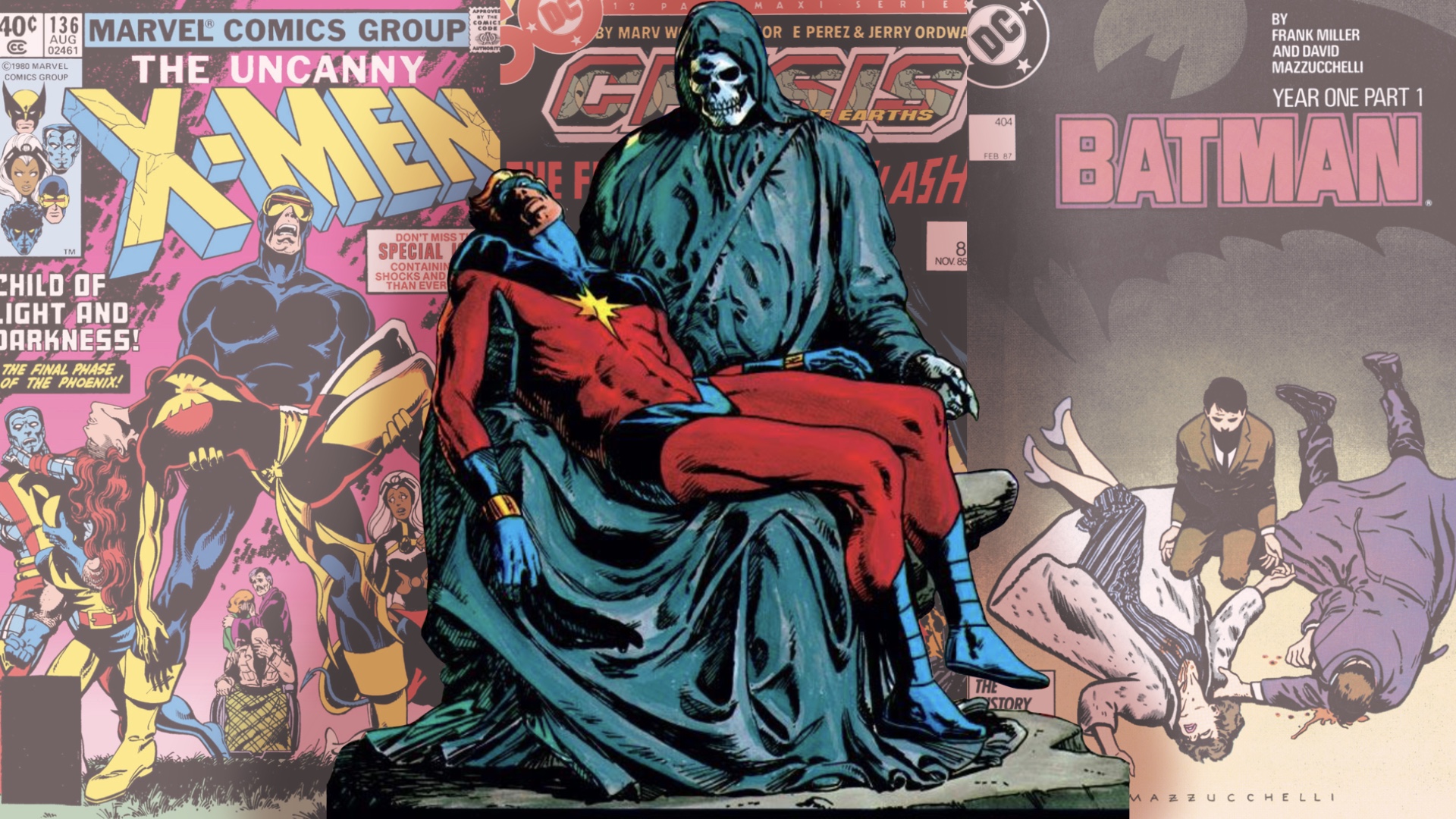
Marvel Comics' current Death of Doctor Strange and The Trial of Magneto limited series both focus on the deaths of high profile heroes from the Marvel Universe - namely Doctor Strange and Scarlet Witch.
While the fates of both Stephen Strange and Wanda Maximoff are still developing in the course of the stories of their respective deaths, both events harken to the tradition of killing off a major character to get new attention on their titles or to take their story in a new direction.
While many characters who die in comic books are put through the revolving door of resurrection, every once in a blue area of the moon, whether you believe it's just temporary or not, a comic book death sticks with you. These are instances that can define a character, an era, or even become a pop-cultural touchstone.
As we say 'Goodbye' (or 'See you soon!') to Scarlet Witch and Doctor Strange, here are the major deaths from comic book history that managed to hit us in the feels.
Alexandra DeWitt
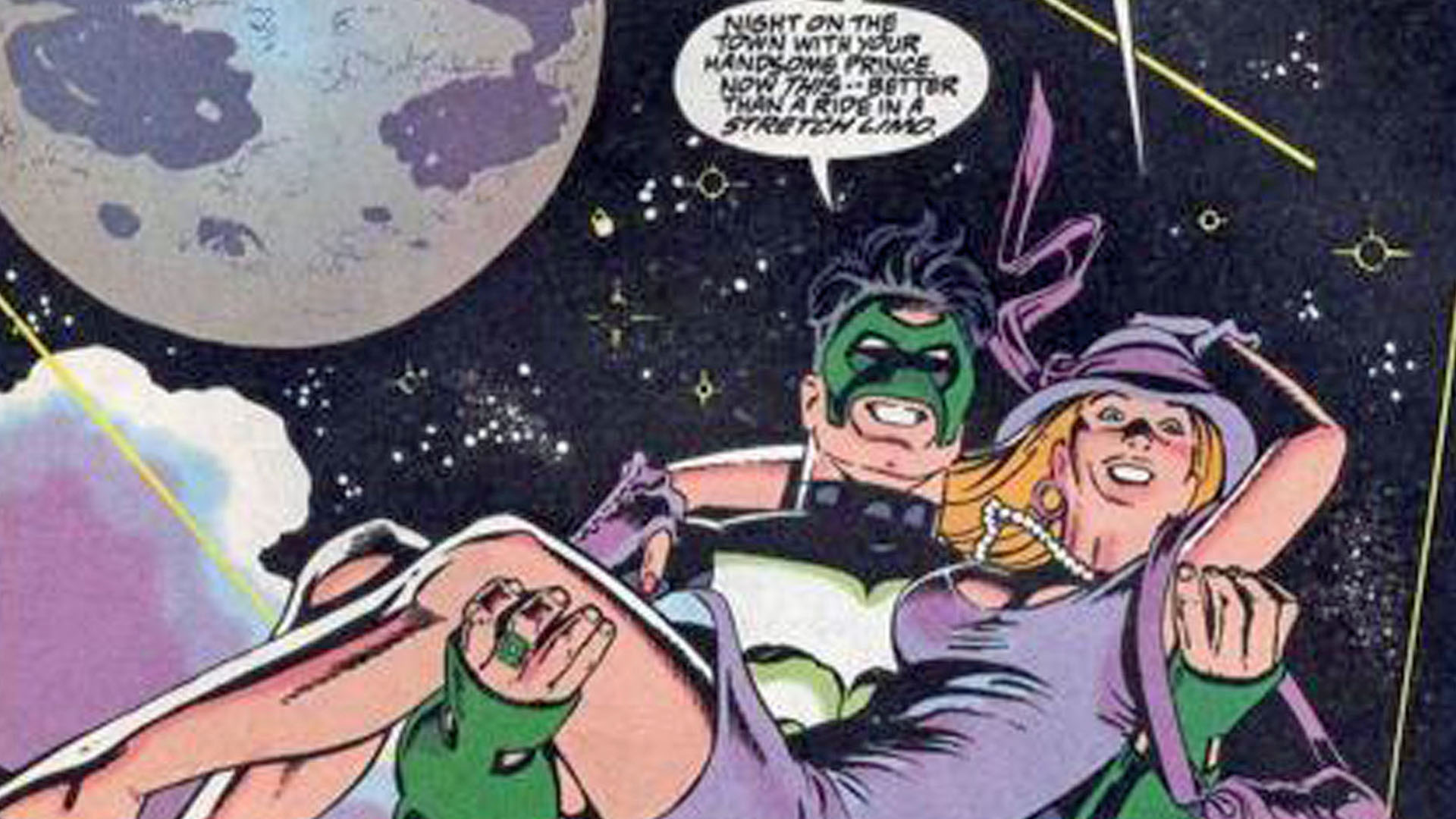
After Hal Jordan went berzerk, became Parallax, and killed off the Green Lantern Corps, Kyle Rayner became the Green Lantern of Earth - and the last remaining GL in the Universe. Remarkably, here was one guy that had his relationship improve when he became a superhero.
Kyle's girlfriend, Alexandra (Alex) DeWitt had had about enough of his irresponsible crap, but when Kyle got the ring and stepped up his game, things improved between them.
Unfortunately, Major Force came looking for Kyle, and callously murdered Alex and stuffed her in the refrigerator — a pivotal moment in Rayner's life that has survived altered continuity and a rebooted DC Universe.
Comic deals, prizes and latest news
Get the best comic news, insights, opinions, analysis and more!
The method of Alex's death set off a firestorm, making the phrase 'women in refrigerators' an industry rally cry and causing people to take notice.
Ryan Reynolds just referenced it in his new Deadpool-Fall Guy trailer mash-up.
Though Alex has never returned, per se (outside of a couple of ring-related teases), her very brief life in the DCU still causes waves, both in the real world and within the fictional DC Universe.
Sue Dibny
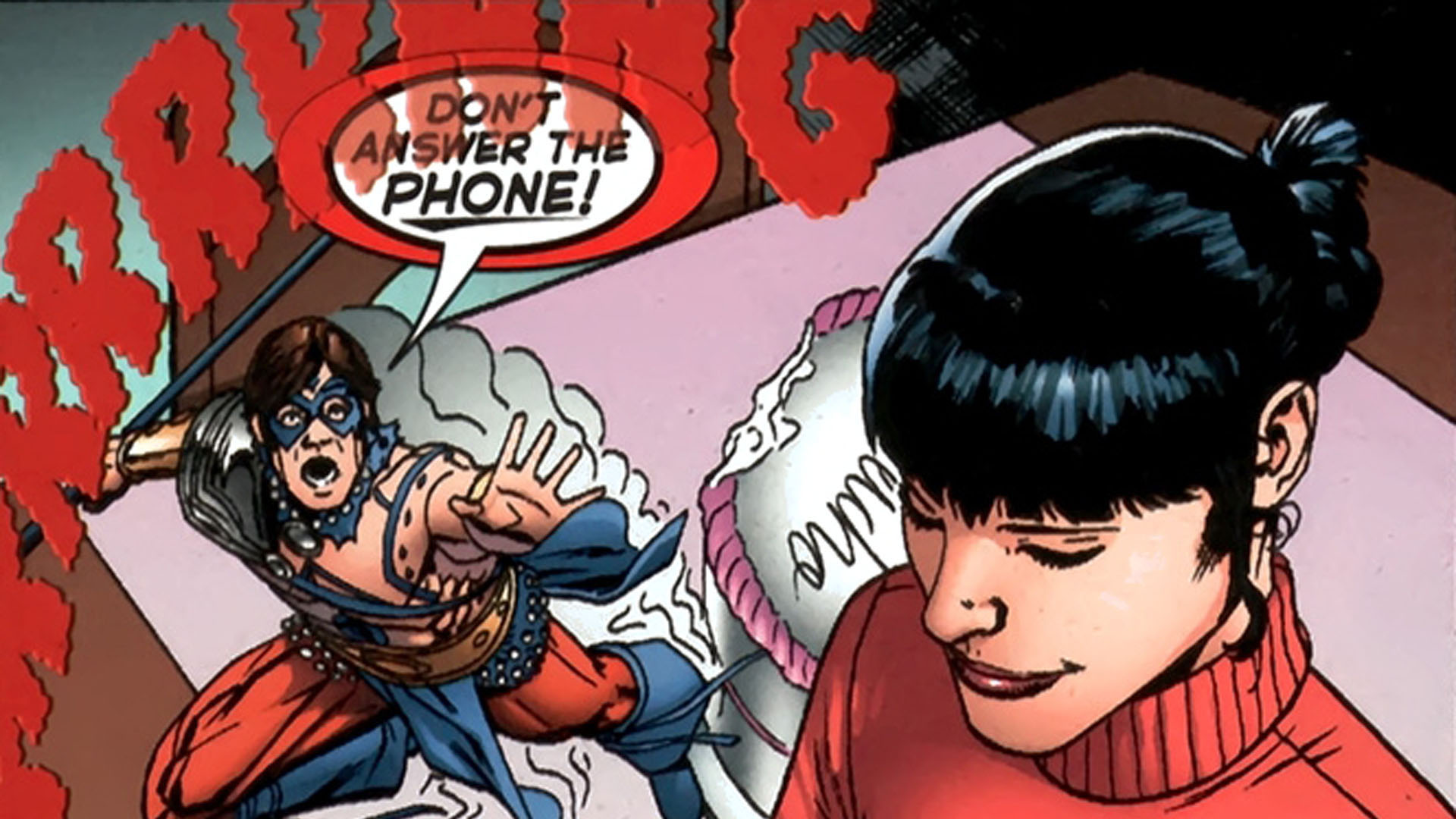
If the 'women in refrigerators' phrase weren't already coined by 2004, Internet bloggers might instead be using the term 'women vs. flamethrowers.'
Sue Dibny was a beloved though relatively minor character who made her way in the metahuman world and as a worthy partner to her superhero husband Ralph (the Elongated Man) with just her brains and moxie. So her death wasn't as shocking as how she was killed.
In Brad Meltzer and Rags Morales' still-controversial Identity Crisis, a pregnant Sue was accidentally given a fatal brain aneurism by a shrunken Jean Loring (the Atom's screw-loose ex), who then took a flamethrower to Sue to cover up the crime.
If the nature of her demise wasn't brutal enough, she was eulogized by having it revealed she was once raped by Dr. Light in the JLA satellite.
Sue and the by then also-deceased Ralph showed up in subsequent DC events as ghosts, seemingly enjoying their married afterlife in the same breezy manner they lived, but in the tail end of the 'New 52' the duo returned to life in Secret Six.
The reason Sue's death resonates beyond her apparent resurrection is that it's emblematic of a major shift for DC. Sue's death led to huge ramifications in the Justice League and polarized fans. Some saw it as the beginning of a more 'blood'n'guts' approach to comic book storytelling at DC that stretched into the 'New 52.'
In fact, Identity Crisis was such an iconic moment of darkness in DC lore that 2016's milestone DC Universe: Rebirth #1 went so far as to call into question whether it is still part of continuity, paving the way for a somewhat return to the brighter, happier DCU promised for 'Rebirth.'
So much for that?
Lori Grimes
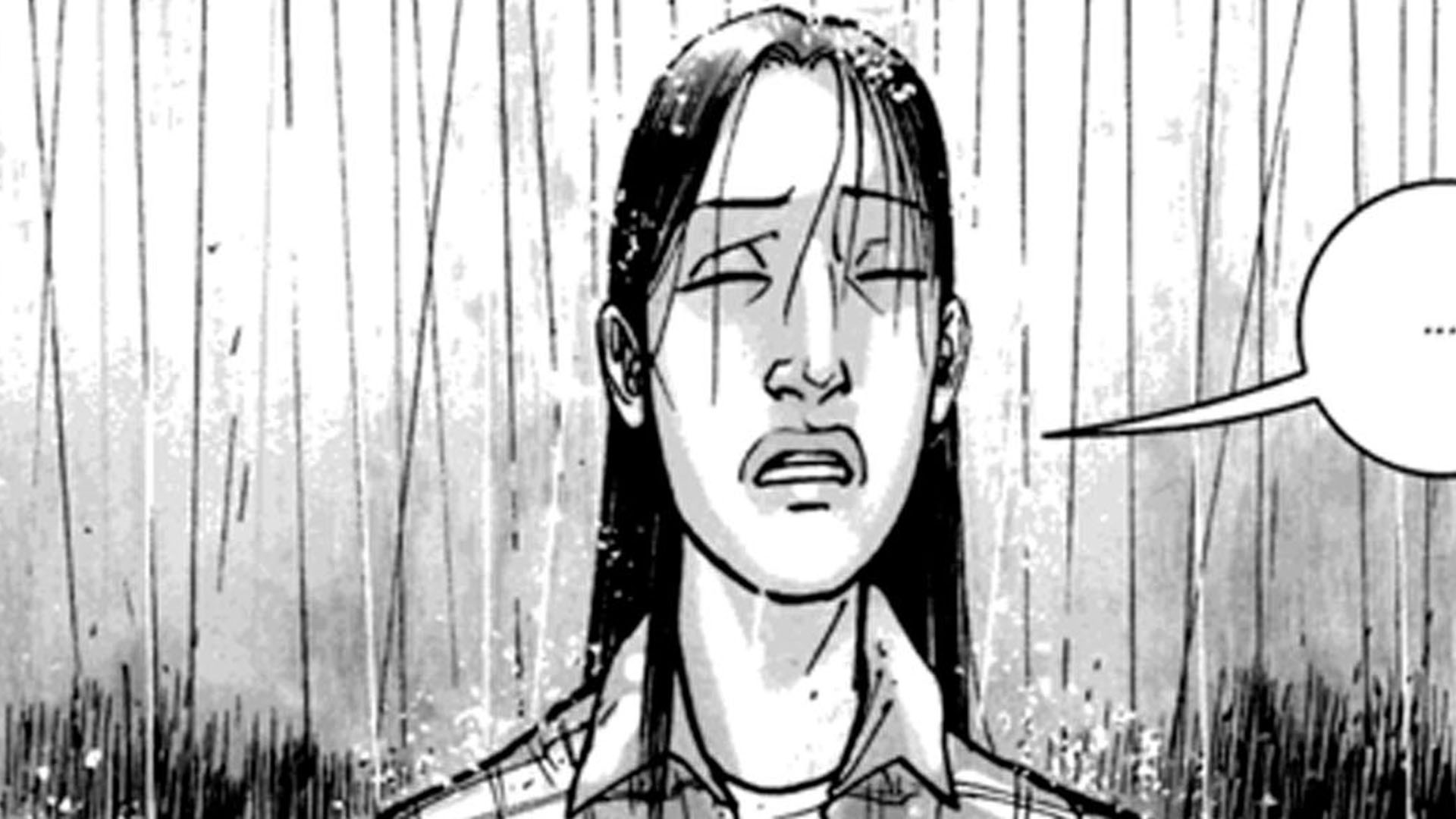
We know we shouldn't be shocked when anyone dies in The Walking Dead. However, it was hard to not be left standing in open-mouthed shock when Lori met her fate during the battle between the survivors (led by Lori's husband Rick) and the insane Governor.
As the Governor's forces overran the prison that had been home to the Grimes family and their friends, many of the tight-knit band of survivors died.
During a scramble for freedom, Rick, his son Carl, and Lori (carrying baby Judy) ran for it under heavy fire. In a startling full-page image, Lori took the full brunt of a shotgun blast to the back, killing her instantly.
While many thought that Judy was killed by the blast as well, the text of the character guide miniseries elaborates that Judy was crushed when Lori fell on her. Man, Kirkman, that's harsh even for you.
This stark moment reminded us that no one, no one, is safe in The Walking Dead world, and the fallout affected the comic book for the rest of its run.
Phoenix
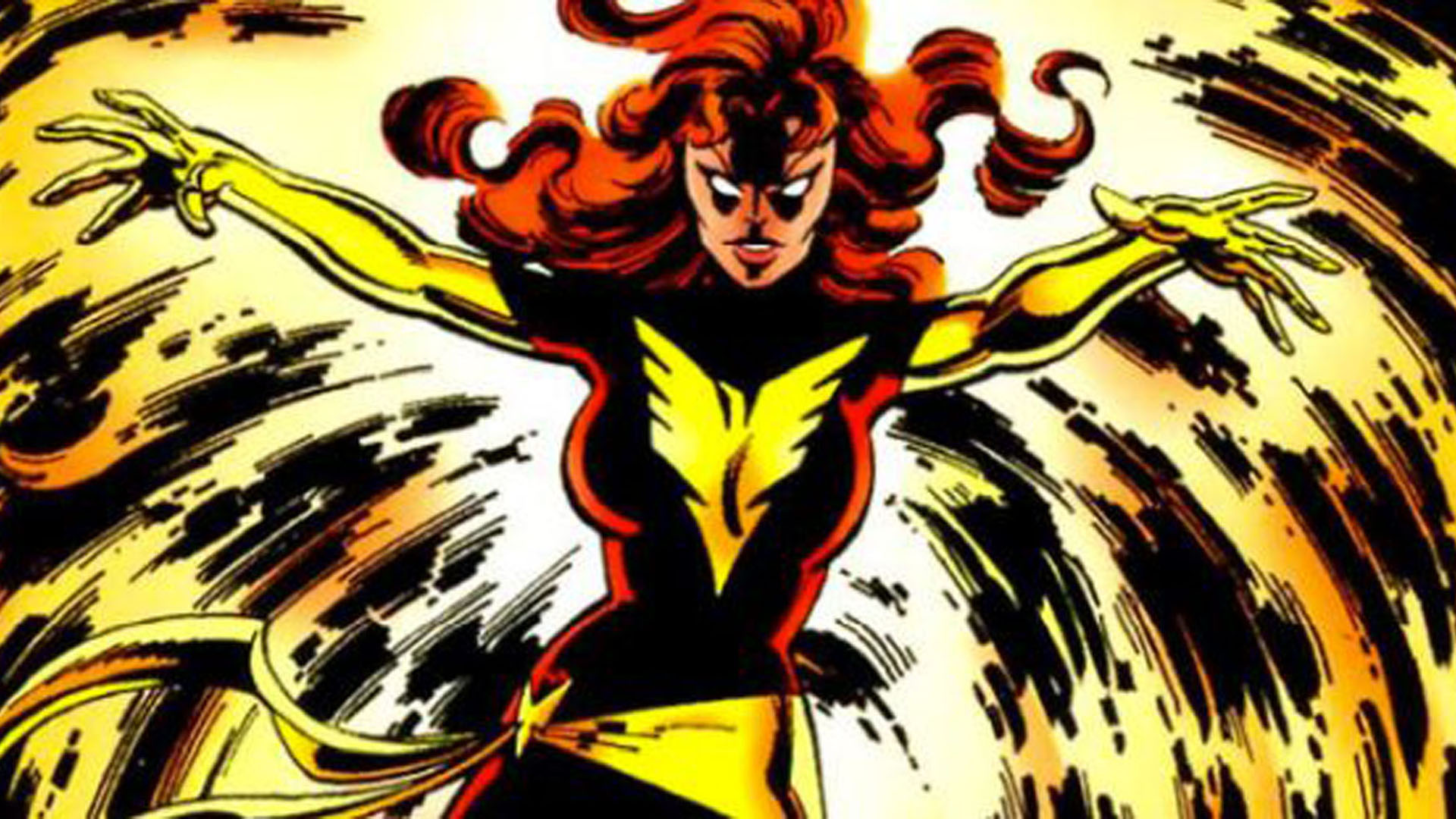
In 1980, we kinda thought that the good guys were always going to win. Sure, there had been losses (check out the next entry), and Thunderbird had died, but we honestly didn't think that things would ever go so badly that a hero would take their own life to save the universe. Then there was Jean Grey.
In the final issue of 'The Dark Phoenix Saga,' the X-Men fought the Imperial Guard on the Blue Area of Earth's moon to prevent them from executing Phoenix, whom they (rightly) regarded as a danger to the galaxy. Even though Professor X had installed a series of psychic circuit breakers in Jean's head to prevent her from becoming Dark Phoenix, the danger was there.
In the midst of combat, Cyclops went down, and Dark Phoenix returned. Professor X forced his defeated X-Men awake, and they raced to stop Jean. Colossus found himself unable to deliver a death blow, but his shot to Jean's jaw shook her up.
She ran, and Cyclops followed. Jean froze Scott with her powers, then killed herself with a Kree laser cannon to ensure that she couldn't endanger the universe.
Let us assure you: this was a stone-cold shock. The death of Jean resonated in the X-titles for years. It would be five years before Jean returned, and sure, its impact has been diminished by repeat performances but this was a stunner, and one with lasting effects that still resonate in the Marvel Universe.
Arthur Curry Jr.
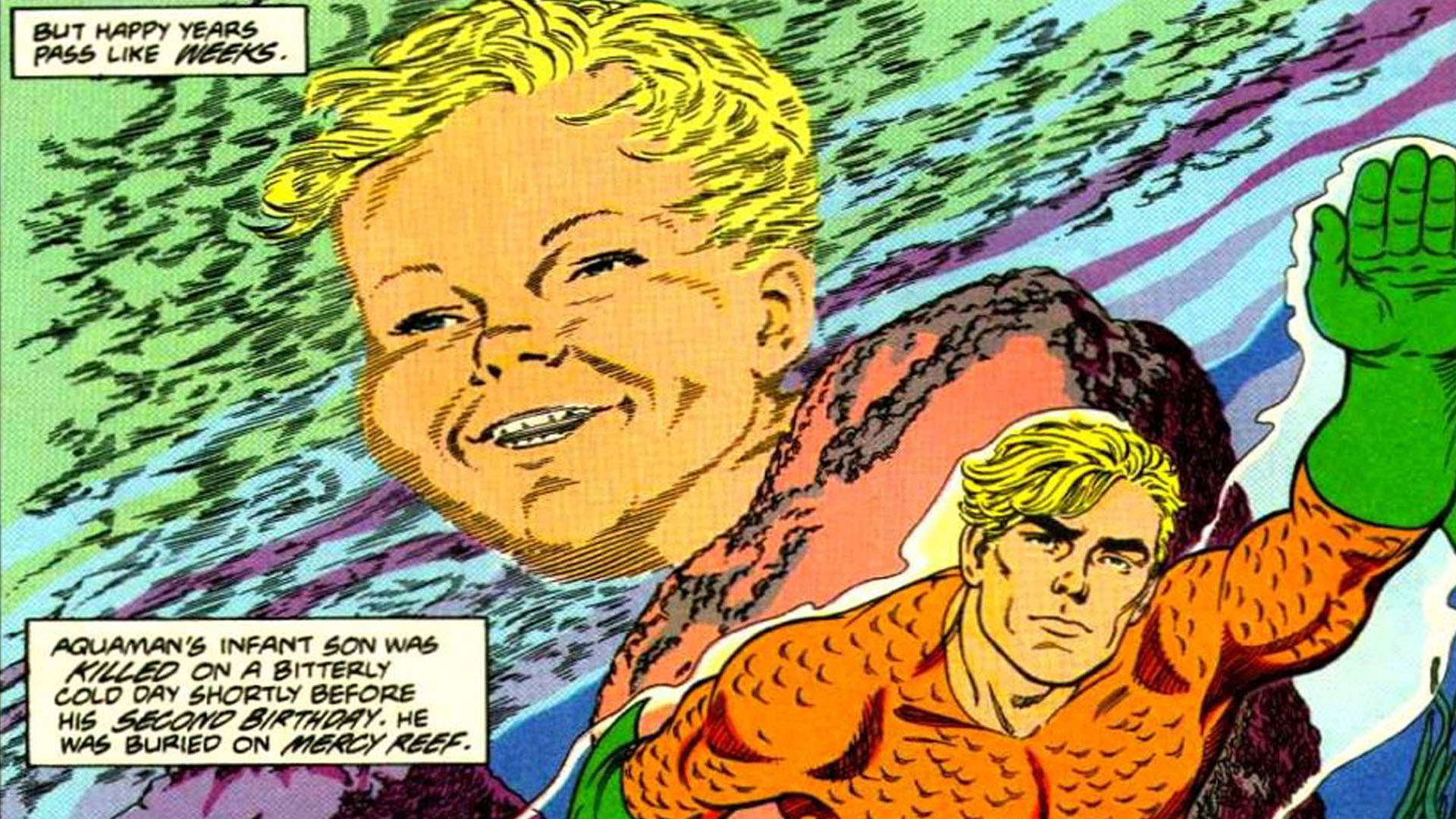
Aquababy? Yeah, Aquababy.
As we noted, heroes have lost family members before. They've lost parents, brothers, sisters, girlfriends, boyfriends, wives, husbands, best friends, sidekicks... but their children?
That taboo was broken in 1978 at the hands of Black Manta.
Aquaman and Mera's enemy kidnapped their son and put him in a device that would eventually suffocate him. Though Mera went back to her home dimension in pursuit of tech that could save Arthur Jr., she got back too late.
This was a hard one to take, and it precedes the also-shocking DC death of Iris Allen by a year. If Lori's death reminded us that no one in Robert Kirkman's universe is safe, then Arthur Jr.'s death clued us that there was always the possibility of darkness in superhero tales.
Barry Allen

His arrival sparked the Silver Age, and his death helped usher in the Post-Crisis DCU.
One of the most startling and visible character deaths in comic books, the sacrifice of the Flash put even more real weight on Crisis on Infinite Earths, coming as it did on the heels of the death of Supergirl.
The most obvious and lasting effect of Barry Allen's passing was that Wally West became the Flash. Wally came into his own under several talented writers and became the Flash that a generation of fans know from the animated series Justice League and Justice League Unlimited.
Barry's death stuck for over 20 years, which is pretty amazing for comic books.
Bucky Barnes
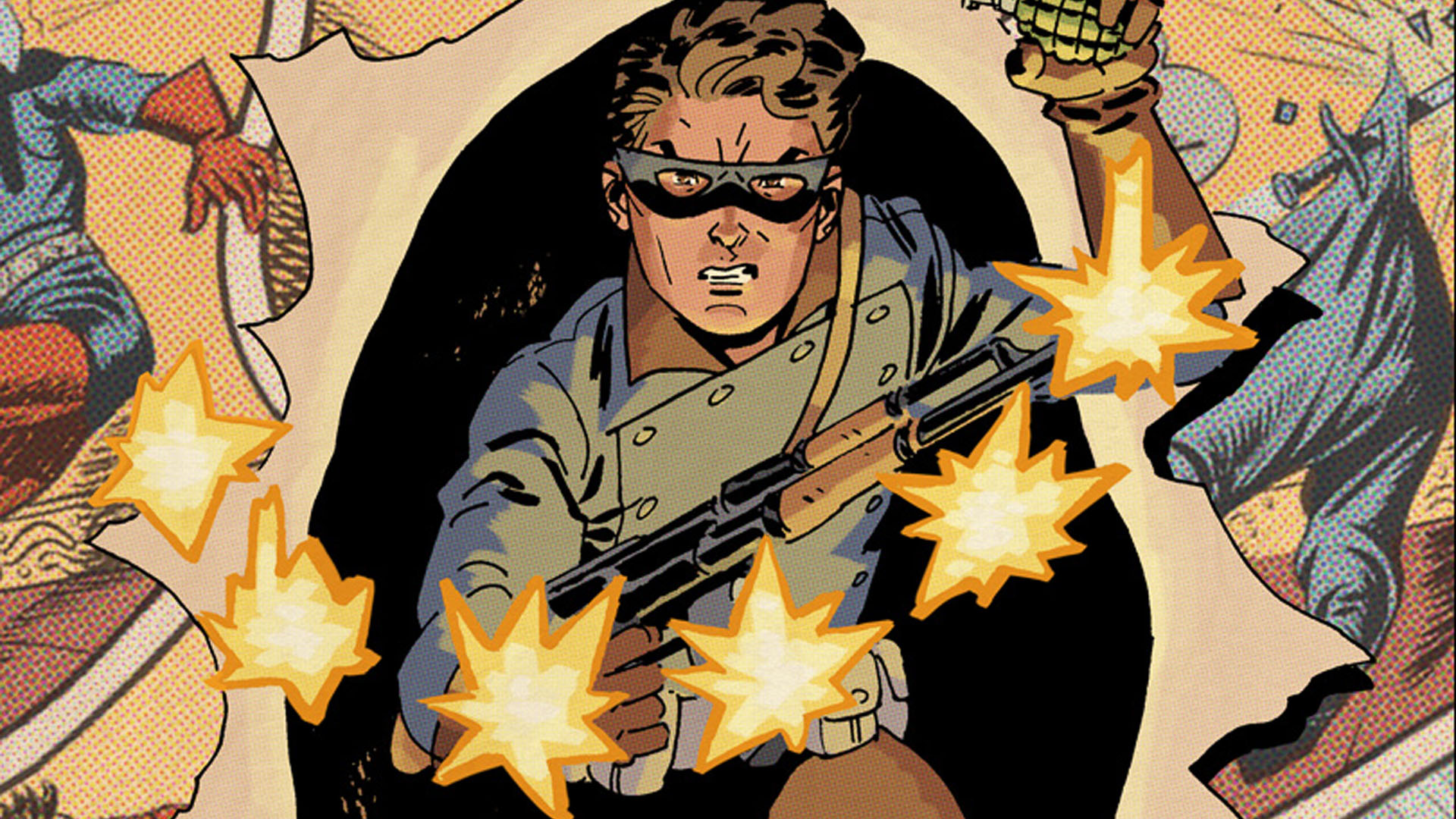
In the 'Which actual hero stayed dead longest?' sweepstakes, Bucky wins.
Sure, other supporting characters have taken longer dirt-naps, but Bucky went down in flames at the end of World War II (well, in flashback to keep it real) and stayed dead. For a long, long time.
So certain was this demise that 'only Bucky stays dead' became a catchphrase relating to the revolving door of death in comics.
Captain America always had a dependable source of angst when it came to Bucky, and no one was ever crazy enough to bring him back.
Enter writer Ed Brubaker, who dated to bring him back and made it, well, awesome. Now Bucky's a breakout star in the Marvel Cinematic Universe, where his journey into heroism is one of the franchise's core stories.
Jor-El and Lara
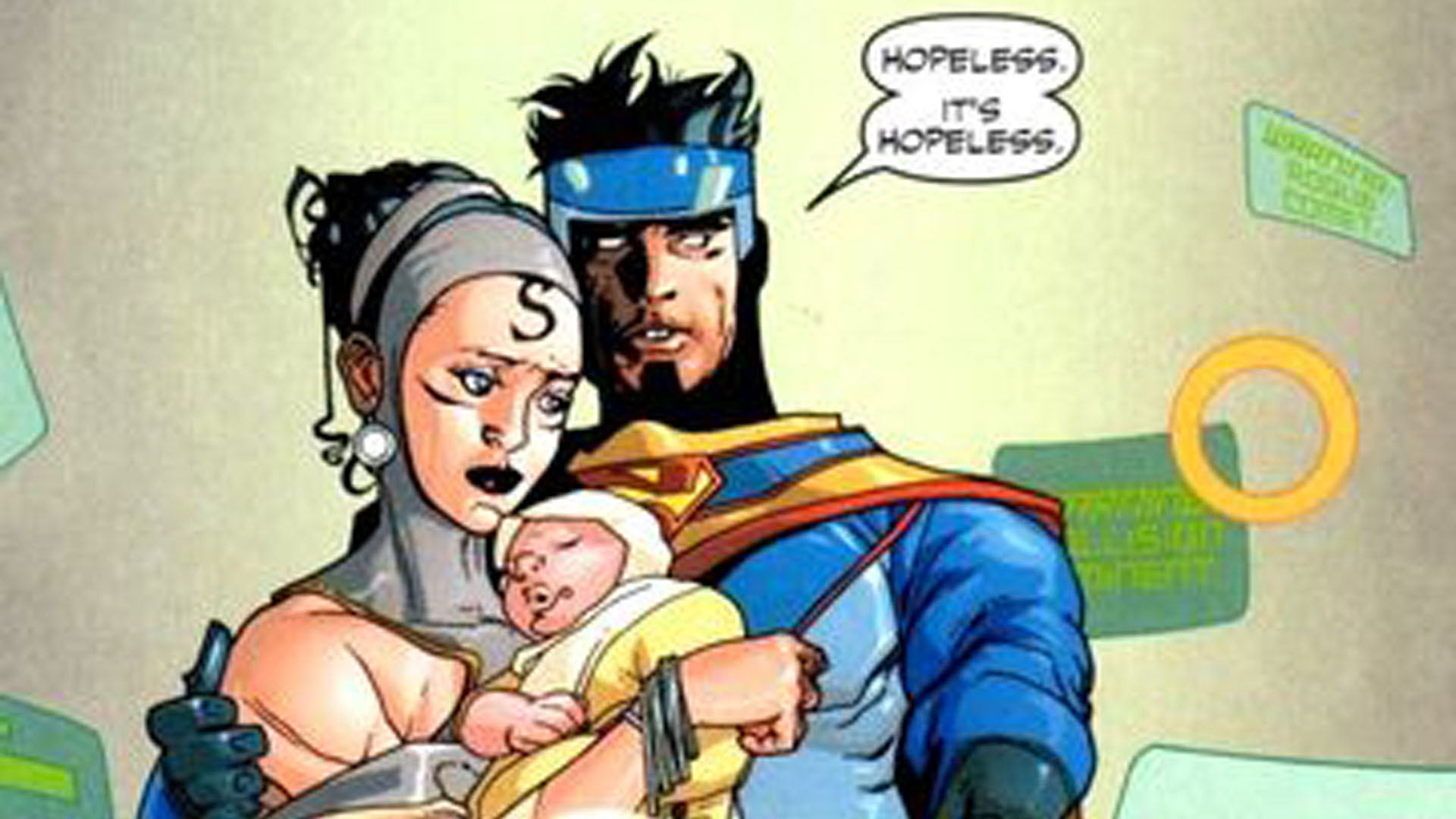
Some characters get created with the intended purpose of dying. Take the parents of Superman, for example. When your lead comes to Earth because his parents rocketed him from their dying homeworld, then said parents really don't have much of a life expectancy.
However, Superman's parents have cast a long shadow and had visible roles in the life of the hero not only in comics but across all media.
Jor-El's presence was deemed important enough to land Marlon Brando for the part, after all. We believe that the thing that makes Jor-El and Lara matter is the idea of sacrifice; they're both laying down their lives so that their son might live and improve the lives of others elsewhere.
What is dead may not eternal lie in comic books, however, as Jor-El was returned a few years back as the mysterious Mister Oz, then settled into a more grandfatherly role with Kal-el and Jonathan Kent.
Uncle Ben

With great power must come great responsibility.
Peter Parker learned the cardinal lesson of Spider-Man's life due to the inaction that led directly to the death of his beloved Uncle Ben. Everything that Peter does still carries the urgency of how his uncle raised him. Had Uncle Ben lived, Peter might have learned his lesson, but it wouldn't carry the same elegiac resonance.
As it is, the death of Uncle Ben put the realities of power into sharp focus for Peter, and Ben's death continues to be a crucial piece of the hero's psyche to this day.
Of course, Uncle Ben was only the first major loss of Peter Parker's superheroing career, with his girlfriend Gwen Stacy's murder at the hands of the Green Goblin also leaving a profound impact on the character over decades.
Neither one has officially been brought back to life at any point, despite the fact alternate universe versions have appeared. However, thanks to Peter's frequent run-ins with clones, both the core Marvel Universe's Ben and Gwen have appeared to return, albeit in clone form.
Thomas and Martha Wayne
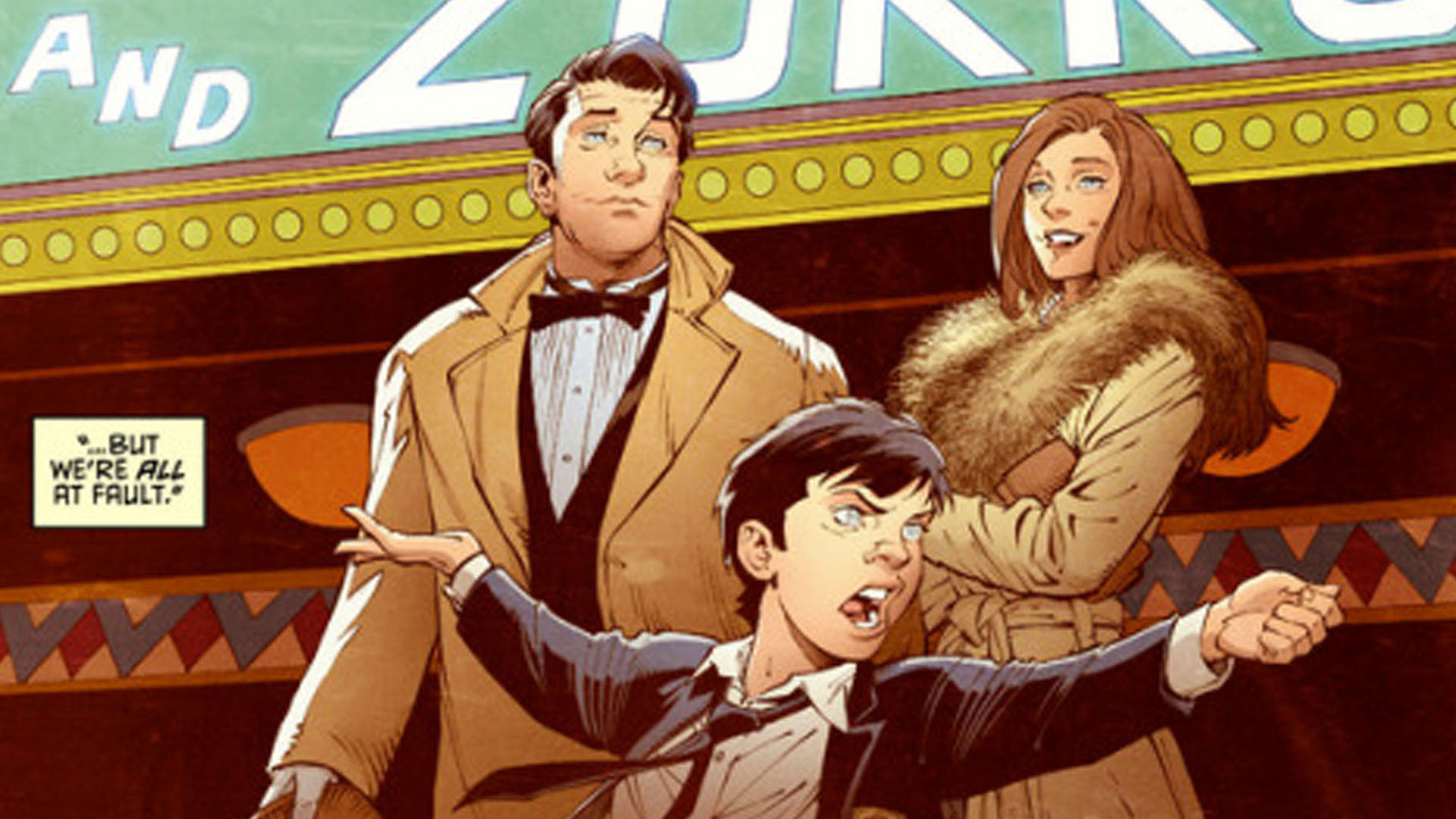
Did we mention casting a long shadow? The loss of the Waynes led to the creation of Batman. Batman's crusade, his hatred of guns, his desire to protect others from the loss that he experienced ... it all goes back to his parents.
The Waynes aren't the only characters whose deaths presaged the creation of a heroic identity, but the notion of being suddenly orphaned touches that keystone fear in all of us. Whether we became Batman fans as children or later in life, we still find identification with that kind of terror and loss. Young Bruce kneeling next to his slain parents has become one of the iconic images in comics.
And while we've never seen much of the Earth-0 Waynes while they were alive, their passing framed essentially every element of the personality of one of the most important characters in the medium.
Of course, DC couldn't ultimately resist the urge to have an alternate Earth Thomas Wayne be a Batman himself (on his Earth, Martha and Bruce were killed), and that character is currently appearing in the Infinite Frontier series.
I've been Newsarama's resident Marvel Comics expert and general comic book historian since 2011. I've also been the on-site reporter at most major comic conventions such as Comic-Con International: San Diego, New York Comic Con, and C2E2. Outside of comic journalism, I am the artist of many weird pictures, and the guitarist of many heavy riffs. (They/Them)



